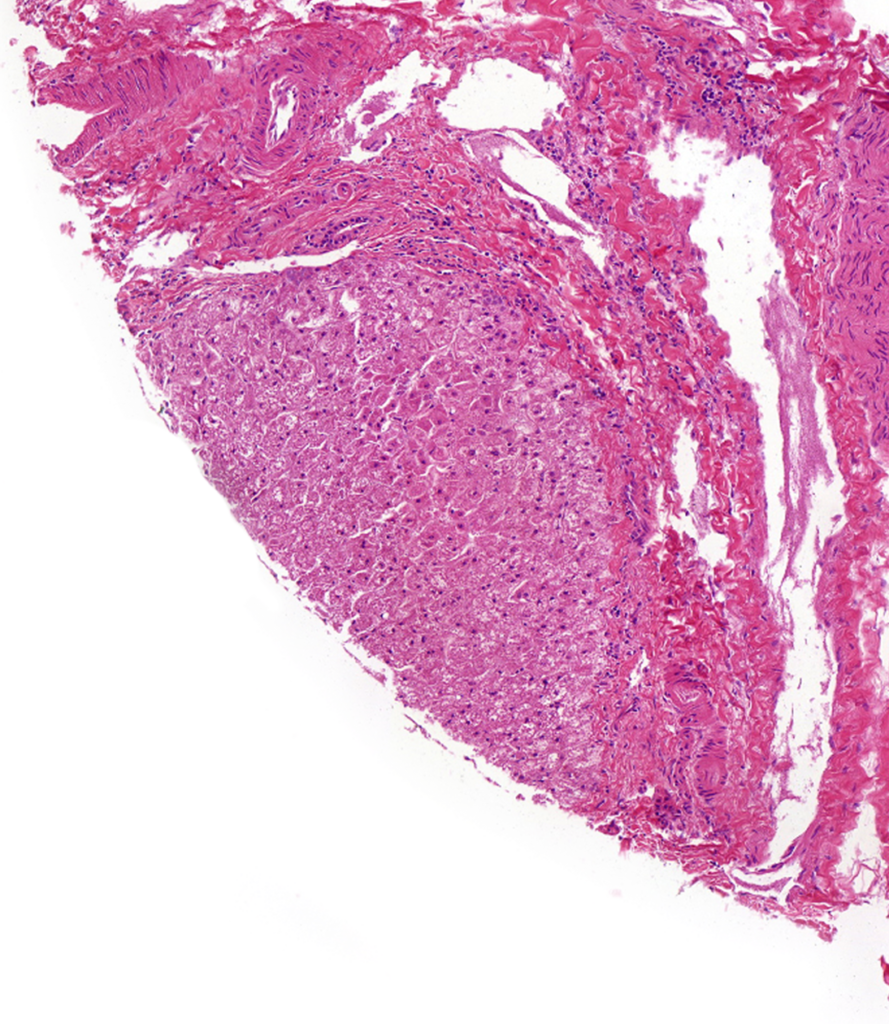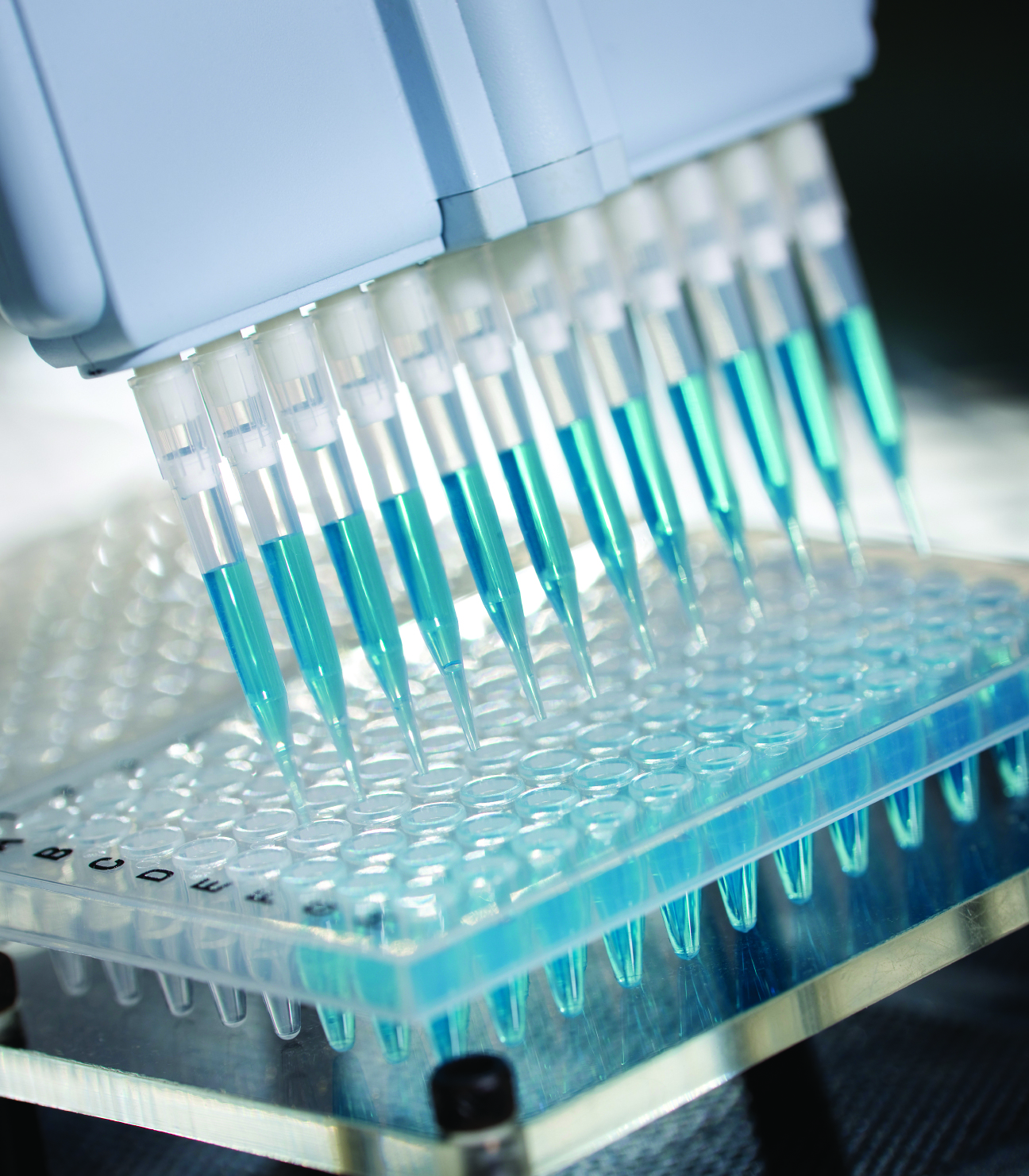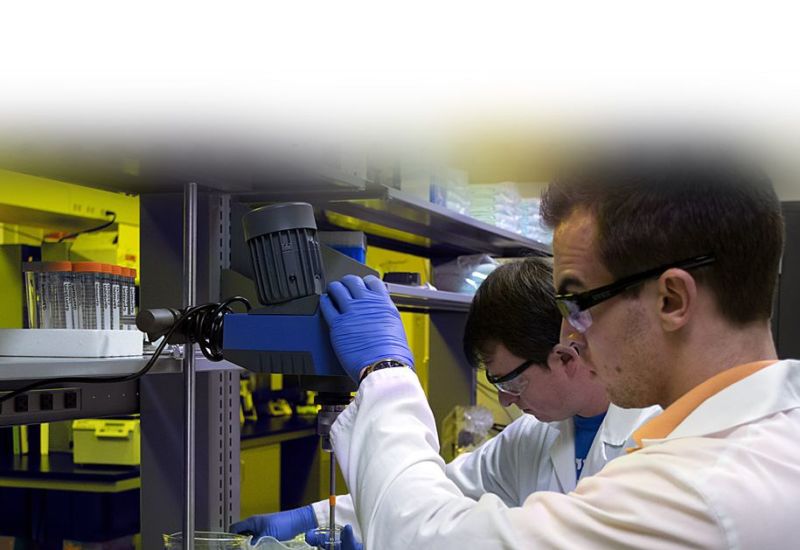Find our optimized NADPH regeneration system and catabolism buffer to pair with your in vitro assays using recombinant enzymes and subcellular fractions.

NADPH Regeneration Systems & Buffers for In Vitro Assays Using Subcellular Fractions
RapidStart™ is a versatile system that supports extended metabolism of test articles by NADPH-dependent drug-metabolizing enzymes in subcellular fractions for in vitro drug metabolism assays. The system is based on Glucose-6-Phosphate DeHydrogenase (G6PDH) and Glucose-6-Phosphate (G6P), with reduction of NADP+ to NADPH. NADPH is a cofactor required to support reactions by drug-metabolizing enzymes such as cytochrome P450 (CYP) and flavin-containing monooxygenases (FMO). Assays using microsomes, S9 and recombinant CYPs (Bactosomes) can be supported with RapidStart™ to support the long-term metabolism of test articles by these enzymes by ensuring that NADPH is not the limiting reagent.
Similarly, we have created an optimized buffer for use with human liver lysosomes or rat liver tritosomes to maximize catabolic activity in vitro. Our special 10x Catabolic Buffer optimizes lysosomal activity to quickly and conveniently predict potential changes of a compound’s stability due to the metabolism of the molecule as it traverses the endosomal/lysosomal pathway in vivo.
Available RapidStartTM NADPH Regeneration Systems
Lysosome / Tritosome Buffer
Using RapidStartTM to Improve In Vitro Assays
RapidStartTM uses enzymes to convert NADP to NADPH, which is then oxidized by CYPs back to NADP, and the cycle continues. Our easy-to-use formula is the most flexible NADPH regenerating system you’ll find, allowing users to tailor the system concentration by simply varying the amount of water added. RapidStartTM is perfect for long- and short-term incubations to consistently improve the stability of recombinant enzymes and subcellular fractions, allowing you to achieve the most accurate and reliable data during your in vitro assays. Rapid start can regenerate NADPH for up to 24 hours after activation if stored at the proper temperature, allowing the user flexibility in its use. See temperature-dependent NADPH regeneration/concentration data, when you use RapidStartTM, in our downloadable RapidStartTM flyer.
RapidStart™ Preparation Procedure:
- Determine the desired initial concentration using our RapidStart™ Dilution Concentration Tables
- Add: Add the appropriate amount of high purity water
- Agitate: Vortex until pellets are fully dissolved
- Activate: NADPH regenerating system has been activated and is ready for use!
Optimizing Lysosome / Tritosome Catabolic Activity
10x catabolism buffer has been formulated and optimized to extract the most in vitro catabolic performance from isolated human lysosomes and rat tritosomes. All of the catabolic data presented in our published scientific posters rely on this specially formulated buffer, optimized to facilitate maximum catabolic activity in lysosomal assays. Read more in our IgG Catabolism Protocol – Lysosome / Tritosome Technical Tips guide.
Scientific Content: In Vitro Applications of Catabolism Buffer
Poster: In vitro characterization of human liver lysosomes isolated from fresh tissue
Webinar: Tritosomes and Lysosomes for Characterization of Biologic Drugs

